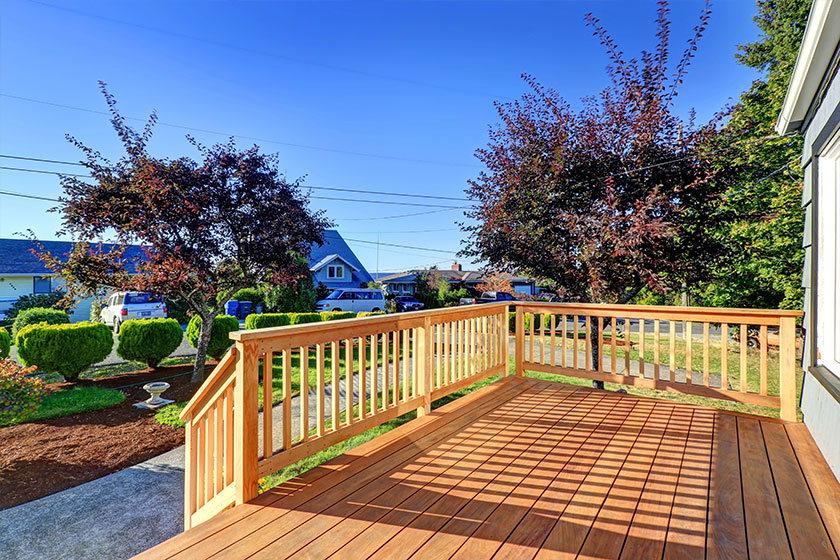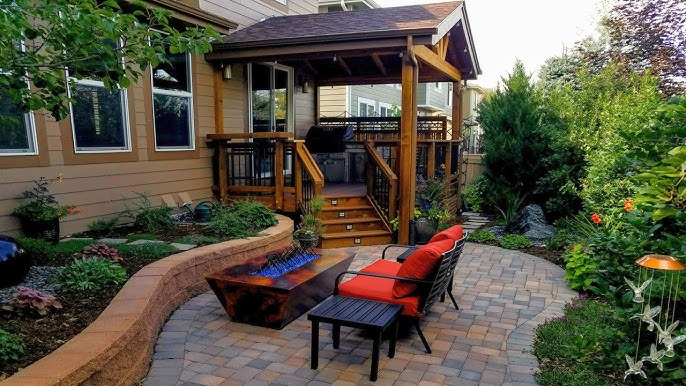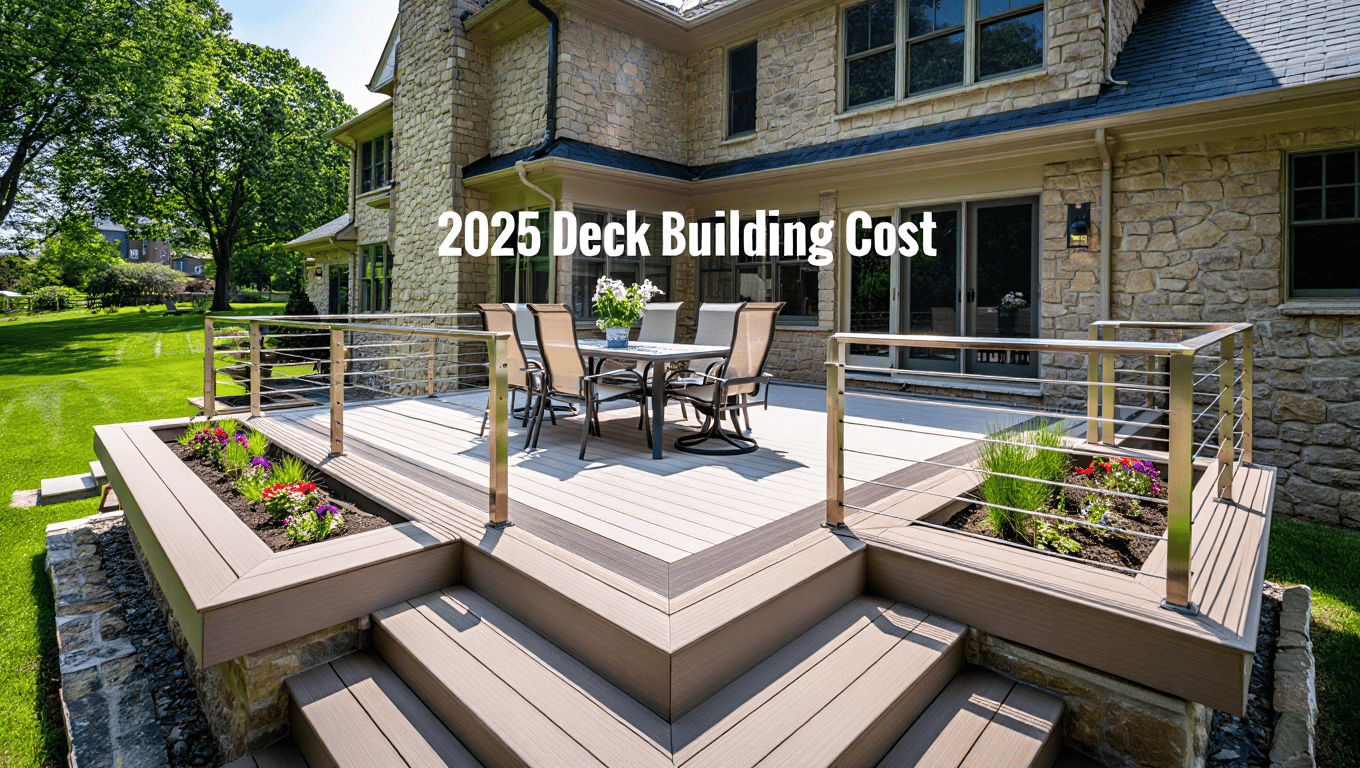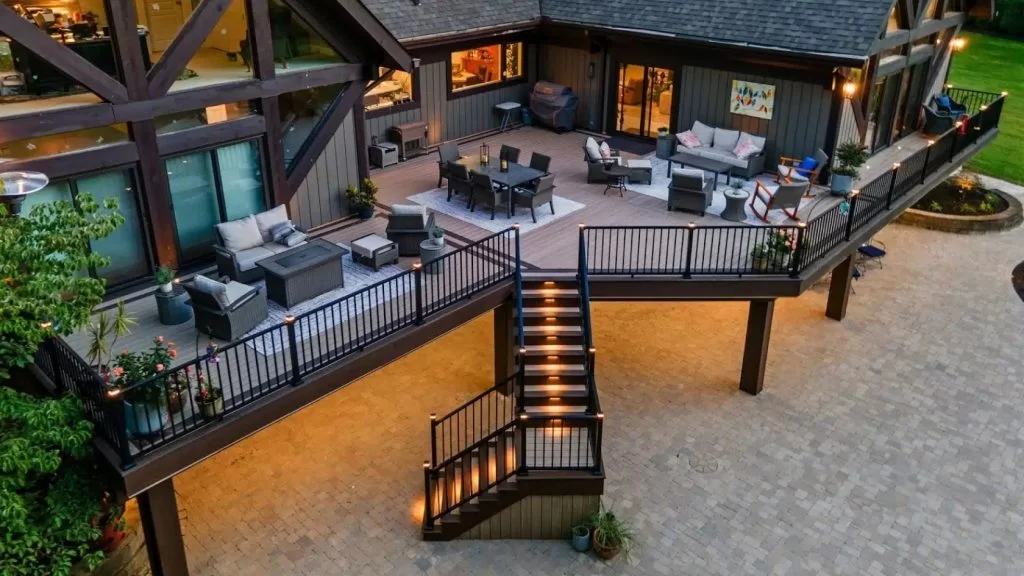Did you know that skipping a permit for your dream deck could land you a hefty fine—or worse, a teardown notice? It’s a homeowner’s nightmare you don’t want to live through. Whether you’re planning your deck for cozy summer barbecues or a sprawling outdoor retreat in Pennsylvania, understanding deck building permits is your first step to a stress-free project. In this guide, you’ll discover why permits matter, how to navigate local building codes, and what to expect before you hire deck installation services. Let’s get started so you can build with confidence!

Why Deck Building Permits Are Non-Negotiable
Building a deck might feel like a simple DIY weekend gig, but in most places across the United States—including Pennsylvania—it’s more than just hammering boards together. Permits ensure your deck is safe, structurally sound, and up to code. Think of them as your insurance against future headaches.
Local building codes exist for a reason. They protect you, your family, and even your property value. Without a permit, you risk fines ranging from $100 to $1,000 (depending on your area), plus the cost of fixing violations. Worse yet, if you ever sell your home, an unpermitted deck could scare off buyers or lower your asking price. So, before you grab that hammer, let’s break down what you need to know.
Step 1: Check Your Local Building Codes
Every town in Pennsylvania has its own rules, and deck building is no exception. Local building codes—like those outlined in the PA state building codes—dictate everything from how deep your footings need to be to whether your railing height passes muster. For example, in Bucks County, decks over 30 inches off the ground typically require a permit, while smaller platforms might not. Montgomery County might have stricter rules about setback distances from property lines.
How do you find out? Start by visiting your township’s website or calling the building department. Many municipalities post their codes online, but a quick chat with an official can clarify gray areas. Ask questions like:
- Does my deck size or height trigger a permit?
- Are there zoning restrictions in my neighborhood?
- What inspections will I need?
Pro tip: Don’t assume your contractor knows everything. While reputable pro deck builders (like those at Bucks Mont Decks) often handle permits for you, it’s smart to double-check the rules yourself.
Step 2: Gather Your Paperwork
Once you confirm a permit’s required, it’s time to roll up your sleeves and prep your application. Most Pennsylvania townships ask for similar documents, but requirements can vary. Here’s what you’ll likely need:
- Site Plan: A sketch showing where your deck will sit on your property, including distances from boundaries.
- Deck Plans: Detailed drawings of your design—dimensions, materials, and structural elements like beams and posts.
- Proof of Ownership: Usually your deed or tax bill.
Don’t have a knack for drafting? No worries. Companies offering our deck services can often provide professional plans as part of their package. At Bucks Mont Decks, we’ve helped homeowners in Pennsylvania streamline this step to save time and hassle.
Expect to pay a fee—anywhere from $50 to $300, depending on your project’s scope and location. It’s a small price for peace of mind.
Step 3: Submit and Wait (But Not Too Long)
After submitting your permit application, the waiting game begins. In Pennsylvania, approval can take anywhere from a few days to a few weeks, depending on your township’s backlog. Some areas, like Doylestown, offer online portals to track your status—pretty handy if you’re eager to start.
While you wait, resist the urge to break ground. Starting without approval is a gamble that could cost you big if the permit gets denied or changes are required. Patience here pays off.
Step 4: Pass Your Inspections
Once your permit’s approved, construction can begin—but you’re not in the clear yet. Inspections are part of the deal. Typically, you’ll face:
- Footing Inspection: Before pouring concrete, officials check depth and placement.
- Framing Inspection: After the skeleton’s up, they ensure it’s sturdy and meets national deck standards.
- Final Inspection: The last hurdle, confirming everything’s safe and finished.
Your contractor should coordinate these visits, but it’s worth asking who’s responsible when you hire for your new deck setup. Missing an inspection can delay your project or lead to rework, so stay on top of it.
Common Questions Homeowners Ask
Let’s tackle some FAQs swirling around deck building permits:
Do I need a permit for a small deck?
It depends. In many Pennsylvania towns, decks under 30 inches high or less than 200 square feet might dodge the permit requirement. Check your local building codes—or dive into deck costs—to be sure.
Can I build without a permit and deal with it later?
Technically, yes—but it’s risky. If caught, you’ll pay fines and might need to tear it down. Retroactive permits are possible but often come with extra scrutiny.
How long does the permit process take?
Anywhere from a few days to a month. Plan ahead, especially if you’re aiming for a summer completion.
Permit Costs vs. DIY Savings: A Quick Comparison
Wondering if skipping professional help is worth it? Here’s a breakdown:
| Factor | DIY Deck Building | Professional Deck Installation Services |
| Permit Fees | $50–$300 (same either way) | $50–$300 (often included in quote) |
| Time Investment | 20–40 hours (plus learning) | 1–2 days (pros handle it) |
| Risk of Errors | High (code violations) | Low (experts know local rules) |
| Total Cost | $1,000–$5,000 (materials) | $3,000–$10,000 (labor + materials) |
For homeowners in Pennsylvania, hiring pros like Bucks Mont Decks often balances cost with convenience—especially when permits are part of the equation.
Why Bucks Mont Decks Makes It Easier
Here’s the truth: Navigating permits and local building codes can feel like decoding a secret language. That’s where experienced deck installation services shine. At Bucks Mont Decks—learn more about who we are—we’ve built decks across Bucks and Montgomery Counties, so we know the ins and outs of Pennsylvania’s regulations. From drafting plans to scheduling inspections, we’ve got your back—leaving you free to dream up that perfect outdoor space.

Pro Tips for a Smooth Deck Building Journey
Before you dive in, keep these nuggets of wisdom in mind:
- Start Early: Apply for your permit at least a month before you want to build. Spring and summer are busy seasons for township offices.
- Talk to Neighbors: While not required, a heads-up can avoid disputes over property lines or aesthetics.
- Document Everything: Keep
copies of your permit, plans, and inspection reports. They’re gold if you sell your home later.
Think of your permit as a roadmap—it guides you to a deck that’s safe, legal, and built to last. For specifics in your area, check out Bucks County permit info.
Wrapping It Up: Build Smart, Build Right
Deck building is an exciting way to boost your Pennsylvania home’s outdoor vibe, but permits are the unsung hero of the process. By understanding local building codes, prepping your paperwork, and working with trusted local deck pros, you’ll sidestep pitfalls and enjoy your new space worry-free. Whether it’s a spot for morning coffee or a stage for family gatherings, your deck deserves to stand strong—and legal.
Ready to get started? Drop a comment below with your deck dreams, share this guide with a fellow homeowner, or reach out to Bucks Mont Decks for a get a free quote today. Let’s make your backyard the talk of the neighborhood!






